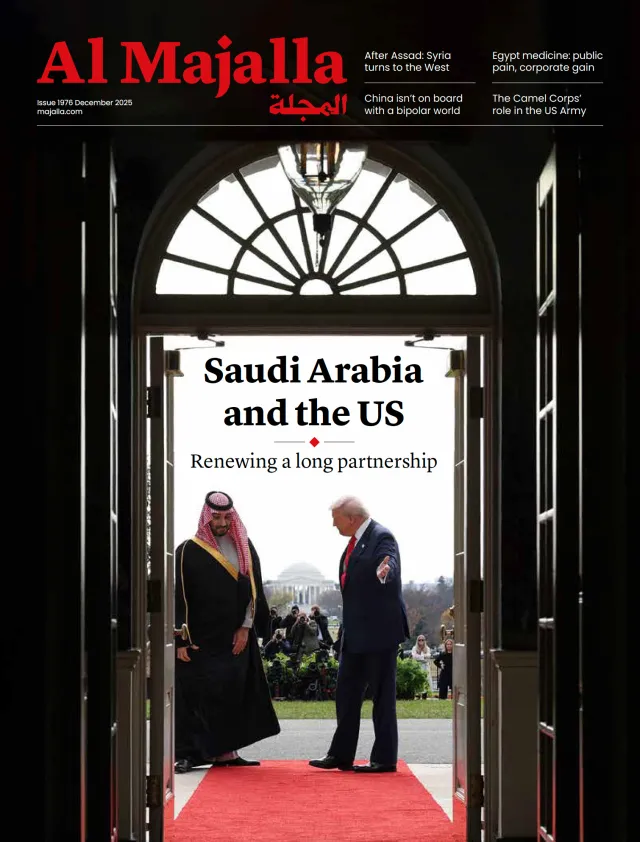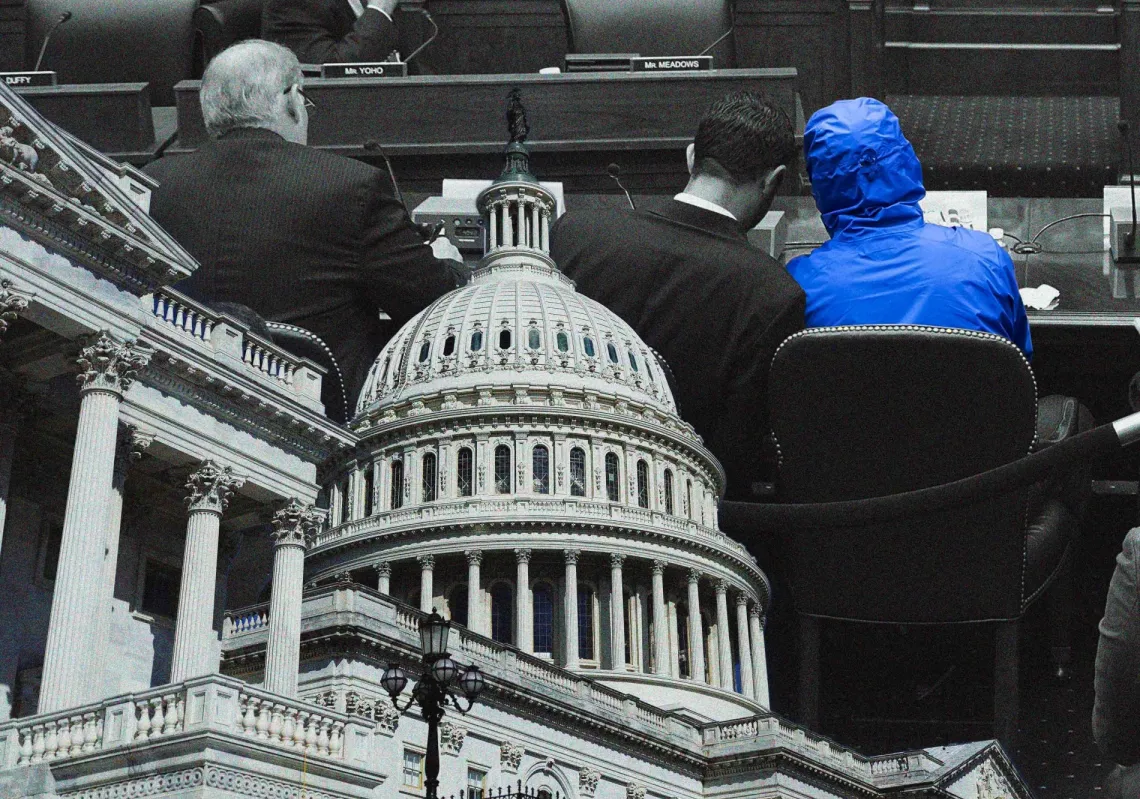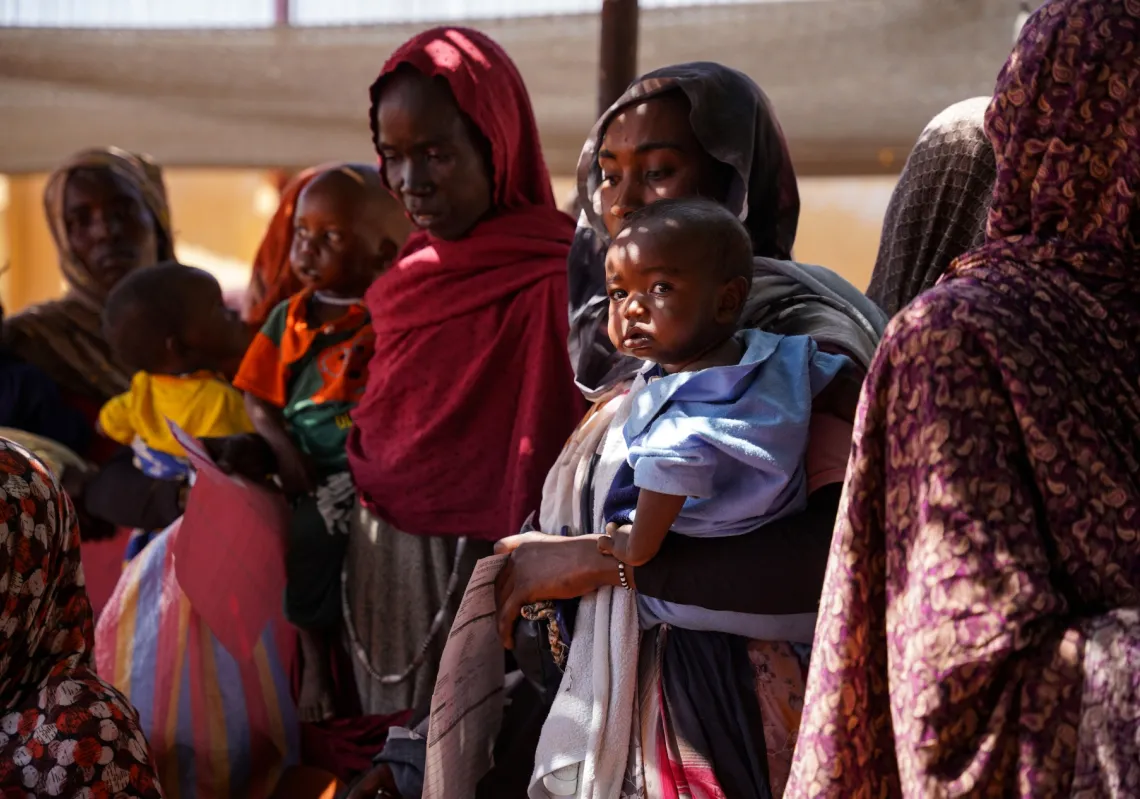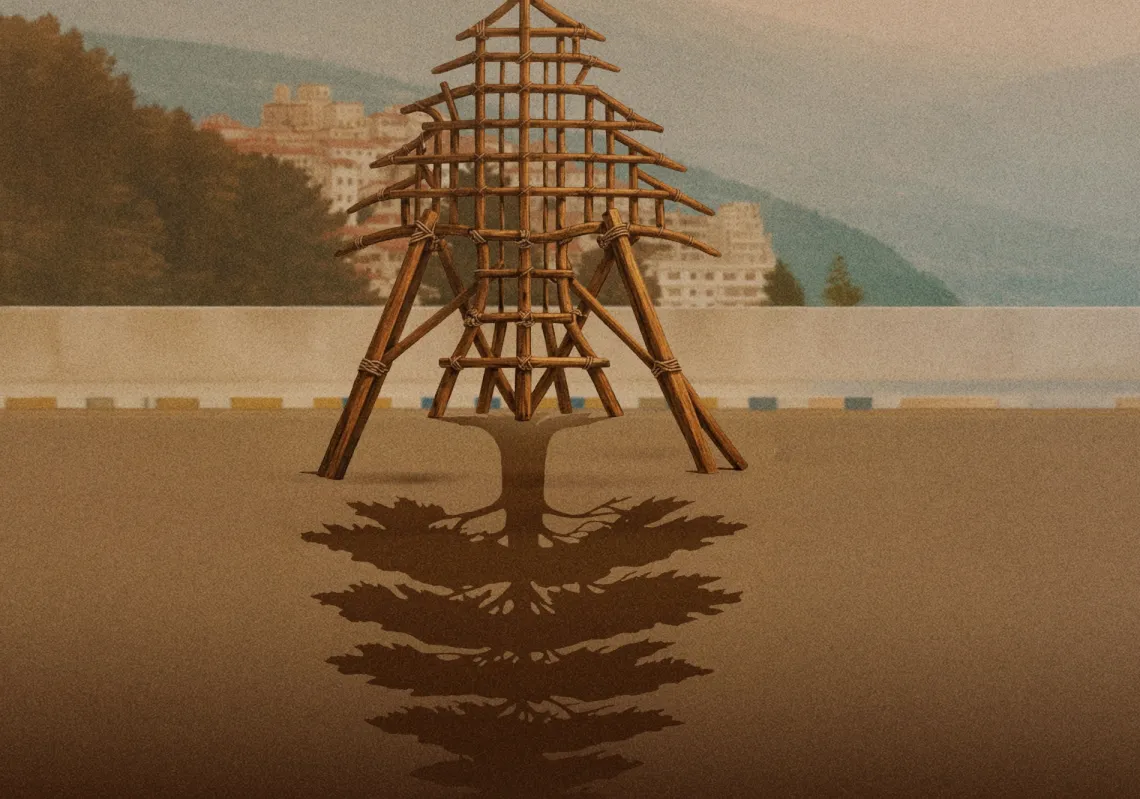Shortly after midnight on 7 May, exactly two weeks after a terrorist attack in Kashmir, Indian missiles streaked into Pakistan. Pakistan’s army said that India had struck at five locations, three in Pakistani-administered Kashmir and two in Punjab. Images on social media showed mangled debris lying in a field. India’s government said it had hit nine sites. It is the largest aerial attack on Pakistan in more than 50 years. The strikes were followed by heavy shelling by Pakistan across the “line of control”, which divides Kashmir.
The day had begun with Indian preparations for war. The country’s newspapers reported details of civil-defence drills planned for 7 May. Air-raid sirens would blare in Delhi, electricity would be cut, and the Air Force would launch a two-day “mega military exercise” along the western border. A clash with Indian was “inevitable”, warned Pakistan’s defence minister, hours before the strikes.
India had already taken non-military action. After decades of confrontation, it wants to expand its toolkit in response to what it views as Pakistani-backed terrorism. On 23 April, it suspended the Indus Water Treaty, governing water sharing between India and Pakistan. Since then, Pakistan has complained that water flows have been disrupted. Further Indian efforts to isolate Pakistan diplomatically or hurt its economy are possible. Nonetheless, India’s leaders decided that a military response was essential to re-establish deterrence.
The strikes are notable for three reasons. One is that India appears to have fired missiles from its own territory. “This cowardly and shameful attack was carried out from within India’s airspace,” said Pakistan’s army. “They were never allowed to come and intrude into the space of Pakistan.” If that is true, India appears to have learnt from its experience in 2019, when an Indian plane was shot down over Pakistan and its pilot captured. NDTV, a news channel, claimed that India had fired SCALP cruise missiles and dropped Hammer smart bombs from French-made Rafale fighter jets. ANI, a news agency, added that the army and navy were also involved in the strikes.













